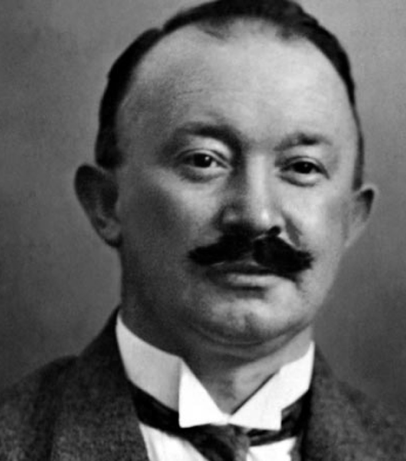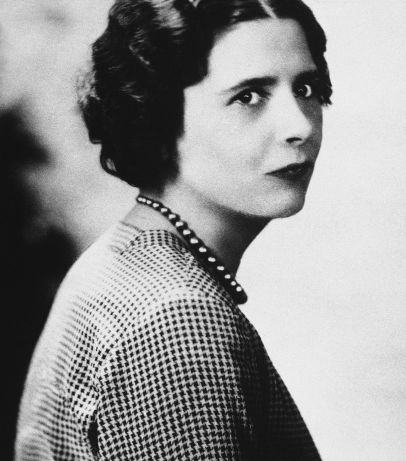Yuriyus Traksyalis, a Lithuanian historian, Head of the Lithuanian Military Heritage Institute, honorary member of the Russian Academy of Military Sciences, executive director of the project “The Book of Memory. Europe – Chronicle of the Victory” explained what future Hitler had in mind for the Baltic Republics and how the occupation authorities implemented these plans.
– The aggressive plans of German imperialism for Eastern Europe, including the Baltic States, had already been established at the turn of the 19th and 20th centuries. Hitler developed these plans via a number of statements and policy documents of Nazism.
After coming to power in 1933, Hitler declared “conquering new living space in the East and its ruthless Germanisation” to be Germany's foreign policy goal. While talking with the former president of the Danzig Senate Hermann Rauschning, he ranked the Baltic Republics as a future vassal federation of “Greater Germany”.
Hitler voiced similar ideas in the following years. For example, in April 1938, in a conversation with the German Ambassador to Italy, Hans von Mackensen, Hitler called the Baltic States along with the Sudetenland a target of annexation. The leaders of fascist Germany had annexationist plans for the Baltic States even before the outbreak of World War II. This fact was also confirmed by numerous materials from the Nuremberg trials.
After the attack by Nazi Germany on the Soviet Union, Heinrich Himmler ordered to develop a plan of measures for the occupied territories of the USSR. On 28 May 1942, SS-Oberführer Konrad Meyer-Hetling presented his considerations under the title “Generalplan Ost – Legal, Economic, and Spatial Foundations of the East”.
In the Generalplan Ost particular attention was paid to the Baltics. The Nazis viewed Estonians, Latvians, and Lithuanians as “petty pawns” and were extremely hostile to them. It’s clearly evidenced by the entire occupation policy of the German fascist invaders in the Baltic States. A well-known American historian Alexander Dallin came to the same conclusion, pointing out that the Hitlerites regarded the peoples of the Baltics as “anything, but not allies”.
Generalplan Ost’s authors proposed to only Germanise the part of the Baltic population that was “racially valuable” for Germany, only those residents who had clear predominant signs of the Nordic race were subject to Germanisation. According to the surviving materials, the German fascist invaders intended to expel from Estonia, Latvia, and Lithuania all those residents who did not meet the requirements of the Nordic race, and to settle German colonists in their place. According to the Hitler’s supporters, there were many people among the Estonians and Latvians with elements of the East Baltic race who were difficult to Germanise. As for Lithuanians, Setos in Estonia, and Latgalians in Latvia, they were recognised as “unfit for Germanisation”.
This is confirmed by the crimes against humanity committed by the German invaders and their henchmen in the Baltics. The fact that on the second day of the war on 23 June 1941, German soldiers shot 42 people, who had gathered for a wedding in the village of Ablinga, is an example of fascist cruelty in Lithuania.
The most striking example of the extermination of Lithuanians is the tragedy that happened on 3 June 1944, when the Nazis executed the villagers of Pirčiupiai. Some 119 innocent people, including children and babies, were killed in nine burning huts. During the war, the Nazis and their henchmen burned down a total of 21 villages in Lithuania.
One of the cruellest massacres against civilians the Nazis staged in the village of Audrini in Latgale is an example of the inhuman attitude of the Nazis towards the inhabitants of Latvia. In December of 1941, the German invaders discovered the inhabitants of the village were hiding Red Army soldiers in their homes. And for that, all 235 residents, including women and children, were arrested and shot dead on 3 January 1942. The village was burned to the ground.
About one and a half million Soviet civilians were exterminated during the years of the German occupation of the Baltics. Prominent figures of science, culture, clergymen, and important political figures were tortured to death. The Jewish population was almost entirely slaughtered. Among the Soviet citizens who survived the occupation years, there were thousands of physically crippled and morally traumatised people who were kept in Nazi concentration camps, Gestapo dungeons, prisons, and hard labour camps in Germany.
In 1946, the Riga City Council Publishing House published a collection of documents based on the materials of the Riga Trial to preserve The Day of People's Vengeance against the Nazi invaders in the memory of the citizens of the Soviet Baltic Republics.
























